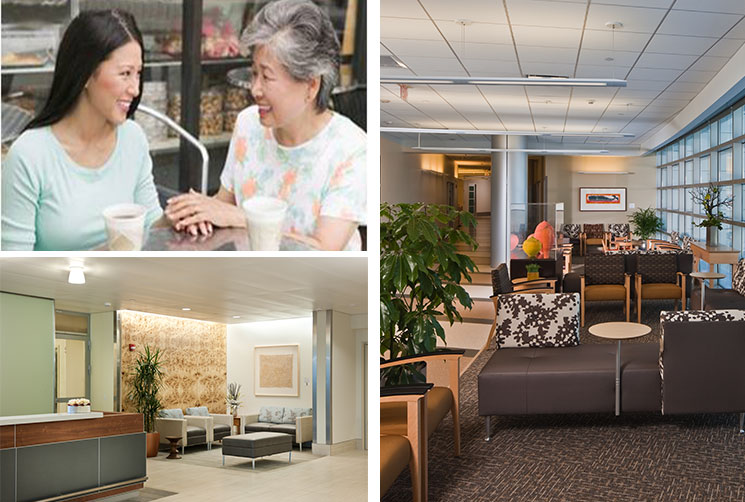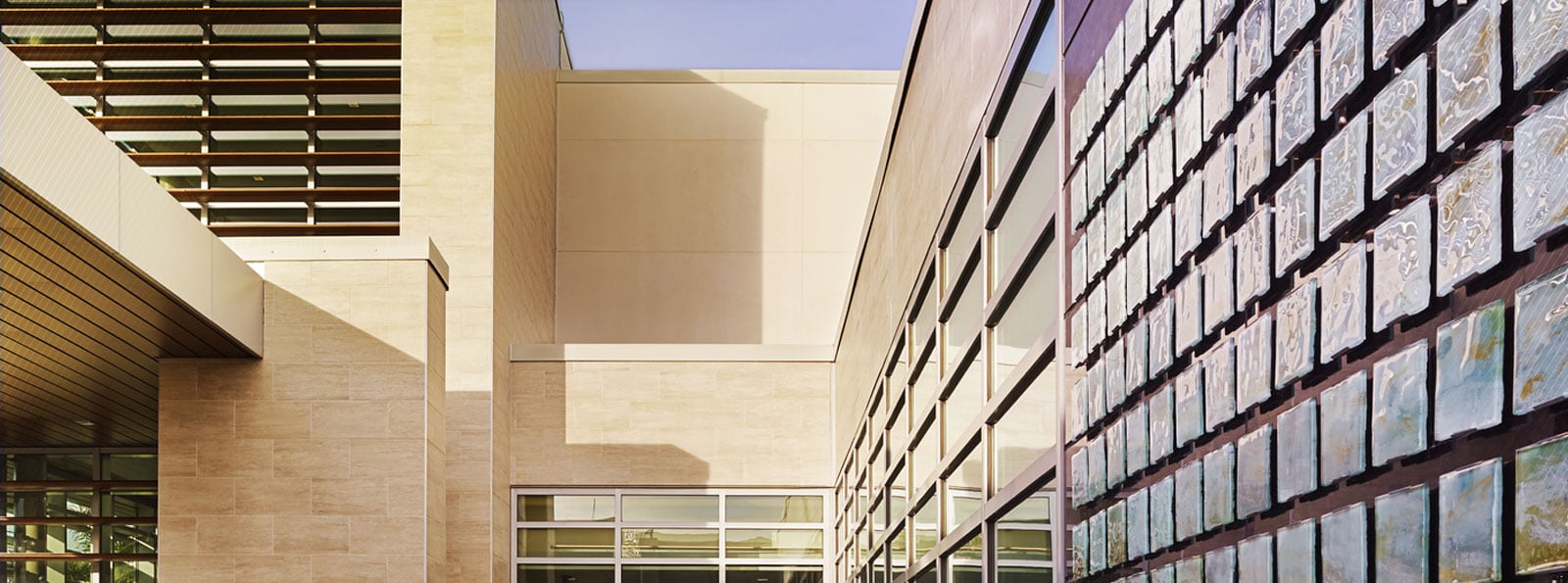After working in healthcare for nearly 10 years, I have had exposure to many service lines - inpatient rehabilitation facilities being one of several where I feel design can have a huge impact. During a work session with some experts in the field, I heard them say "Every space in a hospital is an opportunity for therapy." This simple statement hit home and got me thinking of how to apply this concept to patient experience design in other healthcare environments. Three places that I saw as having the greatest opportunity for this application are corridors, stairs and family/caregiver space.
Corridors
Contemporary designers look for therapy opportunities everywhere. A well-designed corridor provides spots along it for patients to rest while receiving therapies. These spaces also offer the chance for impromptu meeting spots for family, staff and patients. Providing similar spaces in other healthcare environments would serve to active the corridor and provide rehabilitation opportunities for patients. Some of these amenities would require a small increase in square footage, but would be balanced by the benefits of increased patient satisfaction and reduced length of stay.

Stairs
When a rehab patient is ready, using stairs in a more public environment such as a main lobby can serve to physically rehabilitate and emotionally empower the patient while still being in a safe environment with staff and caregivers close by. Considering a grand stair in a facility as part of the program and not purely an overhead cost helps balance first cost issues with the ultimate goal of designing an excellent patient and family experience.
Family/caregiver space
The main long-term caregiver for many rehabilitation patients is a family member or significant other. As a result, these people are deeply integrated with the clinical team into the care plan from the beginning. They spend significant time in the hospital with the patient and accompany them to their successive outpatient visits. Beyond providing ample family space in patient rooms, contemporary rehab facilities are providing areas of various scales for caregivers to rest and recharge. Other spaces can serve for families to socialize with other patient families with similarly injured loved ones.

Conclusion
The rehabilitation process is truly a whole person process which also includes many others who will act as caregivers. With healthcare shifting to a performance-based structure, the opportunity exists to include more rehabilitative space for both families and patients into the value proposition for all healthcare facilities.
As a healthcare architect, one of my main tasks is to ensure the spaces I design support patients and their caregivers during their stay, no matter how long or short.
As I continue my career, I look forward to finding ways to add these little touches into the design of all the projects I work on.
This blog post was written by Seena Hassouna, a former healthcare planner with Array.

